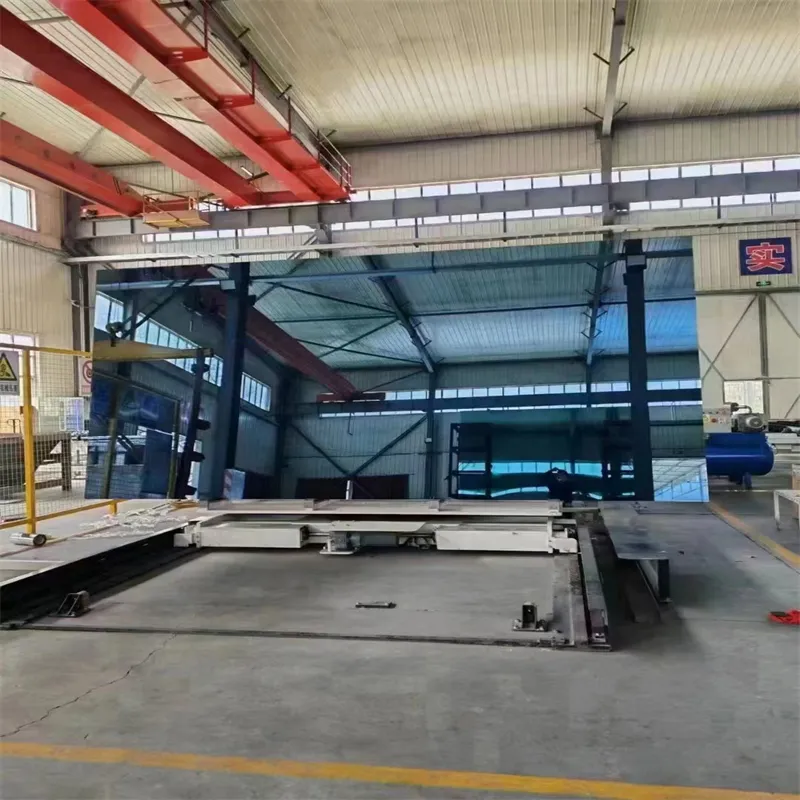Nov . 05, 2024 18:09 Back to list
what is a laminated glass
What is Laminated Glass?
Laminated glass is a type of safety glass made from two or more layers of glass bonded together with an interlayer, typically made of polyvinyl butyral (PVB) or ethylene-vinyl acetate (EVA). This unique composition not only enhances the strength and durability of the glass but also provides various benefits that make it an ideal choice for a wide range of applications, from architectural design to automotive uses.
One of the primary characteristics of laminated glass is its ability to hold together when shattered. The interlayer absorbs the energy from impacts and prevents the glass shards from breaking apart, thus minimizing the risk of injury from flying glass pieces. This property makes laminated glass particularly valuable in locations where safety is a significant concern, such as schools, public buildings, and homes.
What is Laminated Glass?
Laminated glass also provides protection against ultraviolet (UV) radiation. The interlayer can block nearly 99% of harmful UV rays, which helps in preventing skin damage and fading of interior furnishings, flooring, and artwork. This advantage makes laminated glass a popular choice for shops and galleries that display sensitive items or merchandise.
what is a laminated glass

Another application of laminated glass is in the field of energy efficiency. The glass can be designed to incorporate multiple layers with varying properties, which can enhance thermal insulation and reflectivity. This allows buildings to maintain comfortable indoor temperatures, reducing the need for heating and cooling, and ultimately leading to energy savings.
When it comes to design, laminated glass offers versatility in aesthetics. It can be manufactured in various colors, patterns, and textures, allowing architects and designers to create visually appealing structures without compromising on safety or performance. The layering process also enables the incorporation of decorative elements, such as graphics or printed images, further expanding creative possibilities.
Applications for laminated glass span numerous industries. In the automotive sector, it is commonly used for windshields due to its strength and shatter-resistant properties. This not only enhances passenger safety but also provides better clarity and reduces distortion compared to traditional non-laminated glass. In architecture, laminated glass is prevalent in facades, skylights, and glass floors, where both safety and aesthetic appeal are essential.
The manufacturing process of laminated glass involves several steps to ensure quality and performance. First, the glass sheets are cut to size and cleaned thoroughly. Next, the interlayer is inserted between the glass panels, and the entire assembly is placed in a vacuum chamber to remove any air bubbles. Finally, the layers are subjected to high pressure and temperature in an autoclave to bond them securely. This meticulous process guarantees a durable and reliable end product.
In conclusion, laminated glass is a remarkable innovation that combines safety, efficiency, and aesthetic versatility. Its ability to resist shattering, block UV rays, and reduce noise makes it an ideal choice for various applications, from homes to commercial buildings and vehicles. As technology continues to advance, laminated glass will undoubtedly evolve, finding new uses and further enhancing the safety and comfort of our environments. Whether you are an architect, builder, or homeowner, understanding the benefits of laminated glass can help you make informed decisions that prioritize both functionality and design.
-
Safety and Style with Premium Laminated Glass Solutions
NewsJun.24,2025
-
Reinvents Security with Premium Wired Glass
NewsJun.24,2025
-
Premium Float Glass Line for Modern Architecture
NewsJun.24,2025
-
Low Emissivity Glass for Energy-Efficient Architecture
NewsJun.24,2025
-
High-Performance Insulated Glass Solutions for Modern Architecture
NewsJun.24,2025
-
Elevates Interior Style with Premium Silver Mirror
NewsJun.24,2025
Related PRODUCTS














